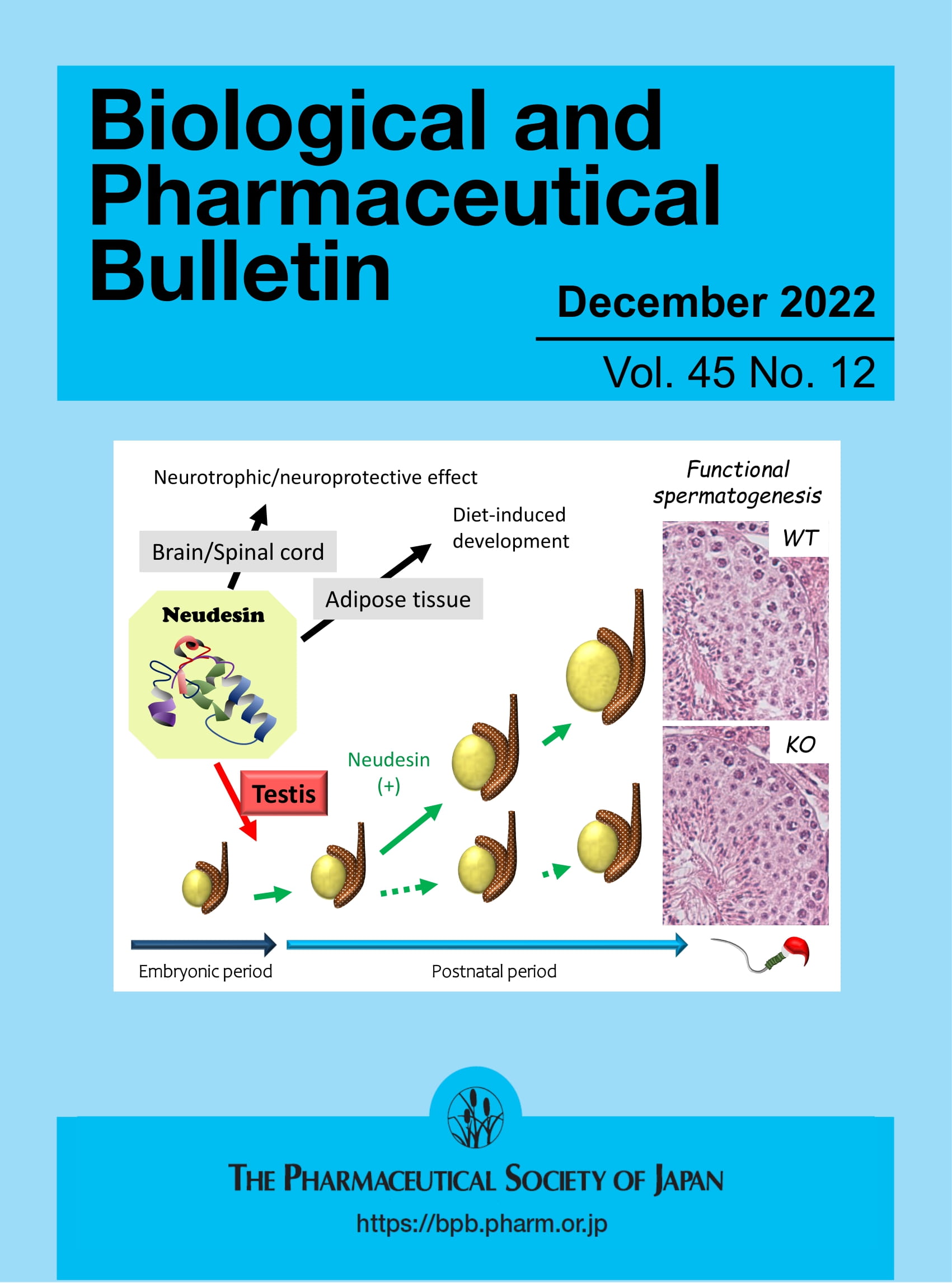Tracing Migration Routes of Sepia esculenta in the East China Sea Using ICP-MS and ICP-OES Analysis of Cuttlebone Elemental Signatures
Abstract
Rationale
Sepia esculenta is a commercially important cephalopod in Chinese coastal waters, exhibiting predictable offshore spawning migrations. Understanding its migratory behavior is critical for sustainable fishery management. Because the cuttlebone records environmental information during the organism's life, elemental profiling presents a promising approach to reconstructing migration routes. This study aimed to investigate spatial variations in cuttlebone elemental composition and identify geochemical markers indicative of migration patterns.
Methods
Cuttlebones of S. esculenta were sectioned into five spatial regions and powdered. Trace elements were quantified using inductively coupled plasma mass spectrometry (ICP-MS, iCAP Q, Thermo Fisher Scientific, USA), while major elements were measured by inductively coupled plasma optical emission spectrometry (ICP-OES, Thermo iCAP 7200 Series, Agilent Technologies, USA). Sea surface temperature (SST) data were retrieved from the Copernicus Marine Service to correlate elemental signatures with environmental conditions.
Results
Ca was confirmed as the dominant element in all regions of the cuttlebone, with significant spatial variability observed in trace element concentrations. Na and Ba exhibited clear environmental correlations and were selected as geochemical indicators for migration inference. The elemental patterns suggest that S. esculenta spawns and hatches in coastal waters, migrates southward under the influence of warm currents, and returns to the central East China Sea for foraging.
Conclusions
This study demonstrates that multi-elemental analysis of cuttlebone, using ICP-MS and ICP-OES, can effectively reconstruct migration routes of cuttlefish. The approach provides a cost-efficient method of tracing marine animal movements and offers valuable insights into the ecological behavior and management of S. esculenta in the East China Sea.




 求助内容:
求助内容: 应助结果提醒方式:
应助结果提醒方式:


